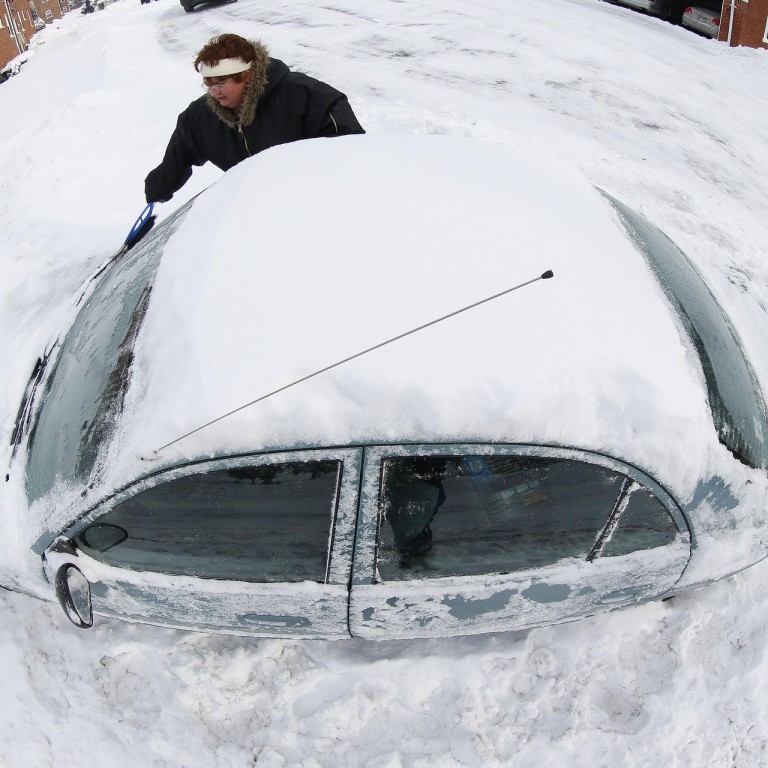
Arctic blast set to plunge parts of United States into deep freeze again
Arctic blast set to send temperatures plunging again in Midwest, northeast and parts of south
Much of the United States is about to get cold again.
A huge dome of arctic air will send temperatures plummeting across parts of the Midwest and northeast early this week in a deep freeze reminiscent of early January's "polar vortex".
Temperatures are expected to go below minus 17 Celsius in Minnesota by today. Wisconsin, Michigan and upstate New York are expected to get some of the worst of the subzero temperatures in the earliest part of the week. Then the cold will move south.
"The amount of cold air that we've seen this year, we haven't seen probably since 1996 in the upper Midwest and Great Lakes region, and maybe even as far east as upstate New York," said Tony Zaleski, a National Weather Service meteorologist.
So is this polar vortex No2? Not quite. While both systems will have involved arctic air sliding down into the US, the new deep freeze will not have the brutal frigid winds that made the polar vortex so dangerous.
Heating systems may struggle to keep up … Travel delays are likely
"The cold may be intense enough to cause school closings, frozen pipes and water main breaks," Alex Sosnowski, senior meteorologist for AccuWeather.com said in a forecast.
"Heating systems may struggle to keep up, people will spend more money keeping their homes and businesses warm and ice will again build up on rivers," Sosnowski wrote. "Where the cold is accompanied by snow, travel delays are likely."
While AccuWeather also called the new weather phenomenon a "polar vortex", the Weather Service's Zaleski hesitated to use that term, saying he preferred simply to say "it's extreme arctic air coming south".
"It happens every winter," Zaleski said. "You've got low pressure over the Arctic regions, and what'll happen is, the jet stream will weaken, and it will allow huge pools of cool air to surge south. Depending what part of the planet you're on, it could funnel down into North America, or Europe, or a large portion of Russia, eastern Asia. Basically, it's a common thing."
